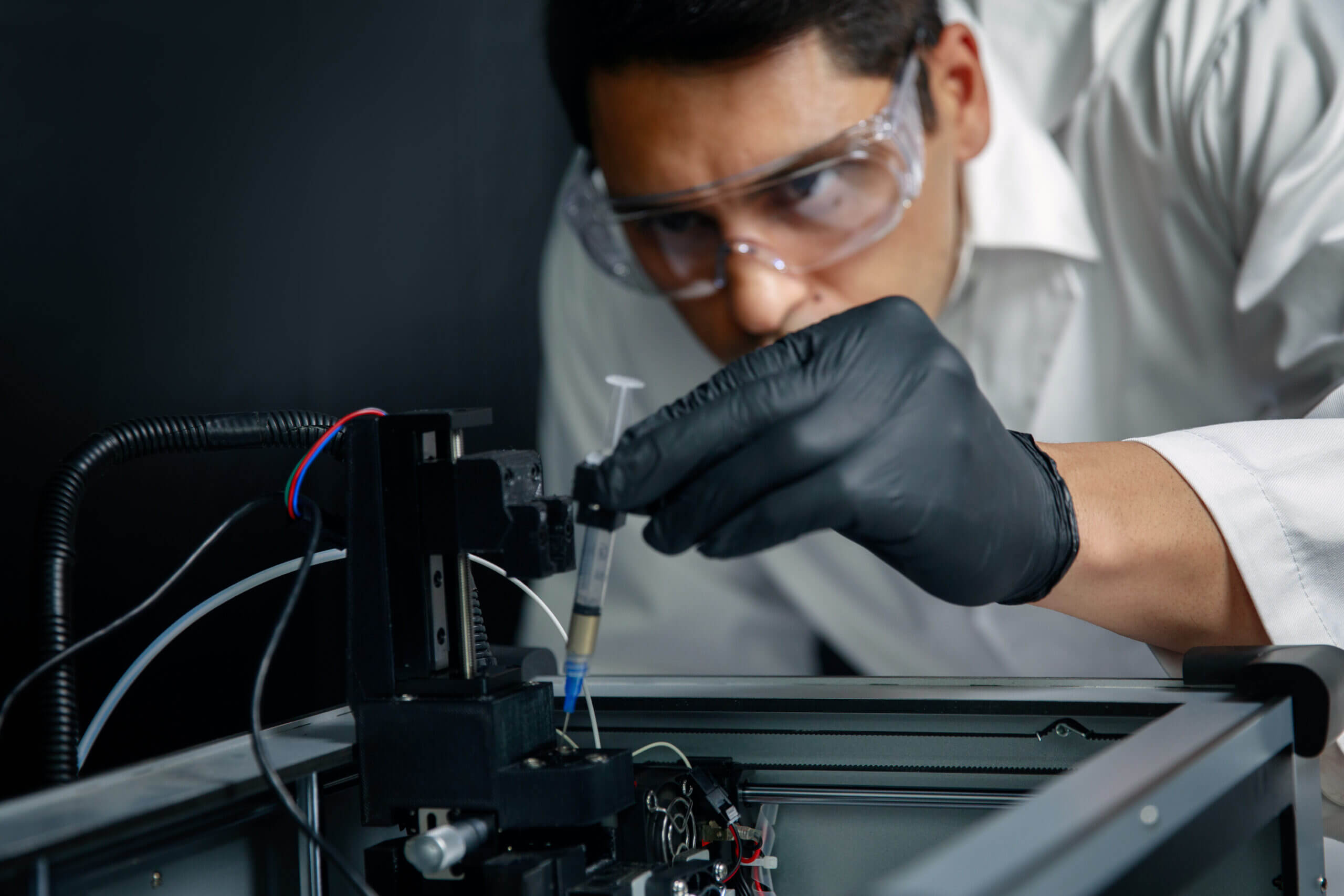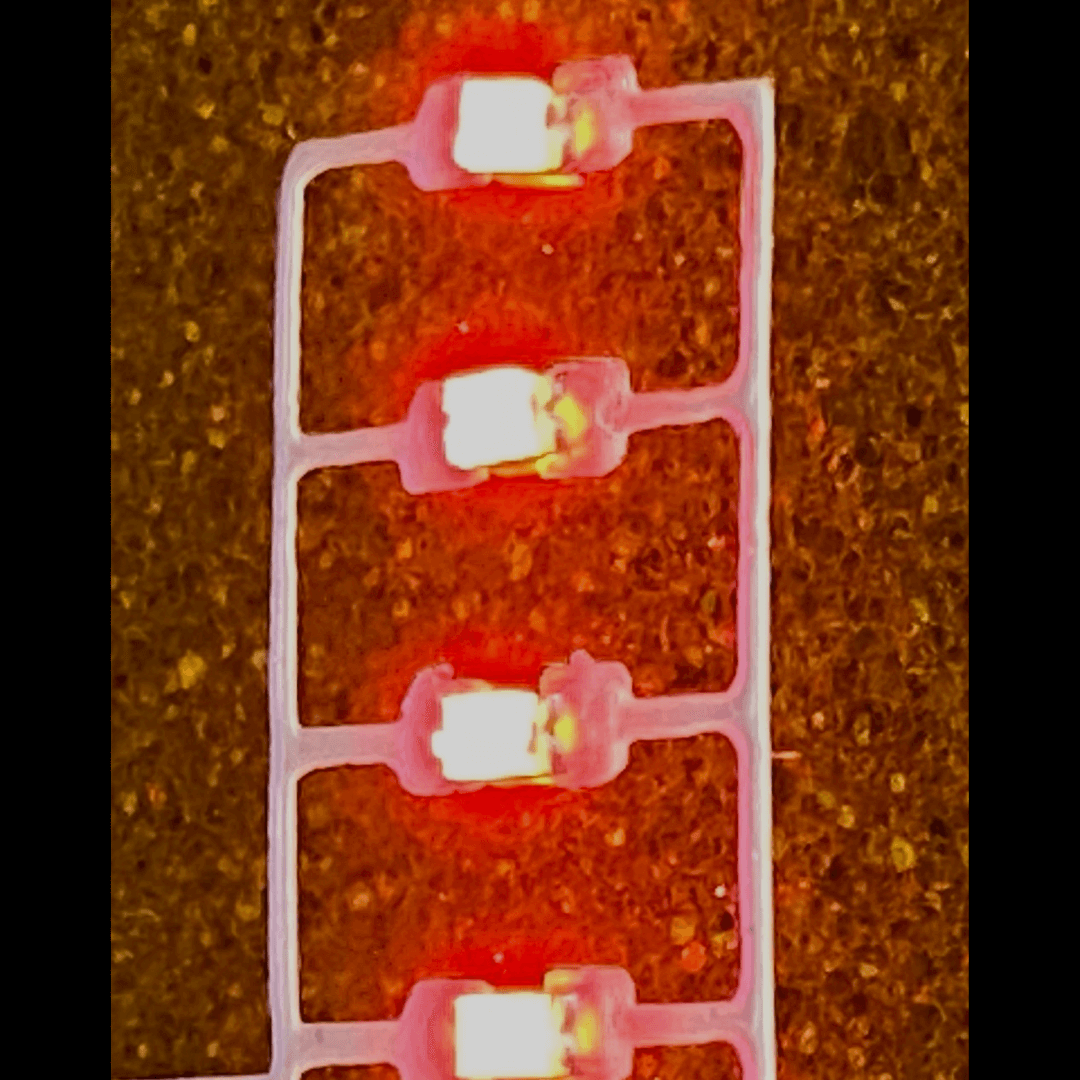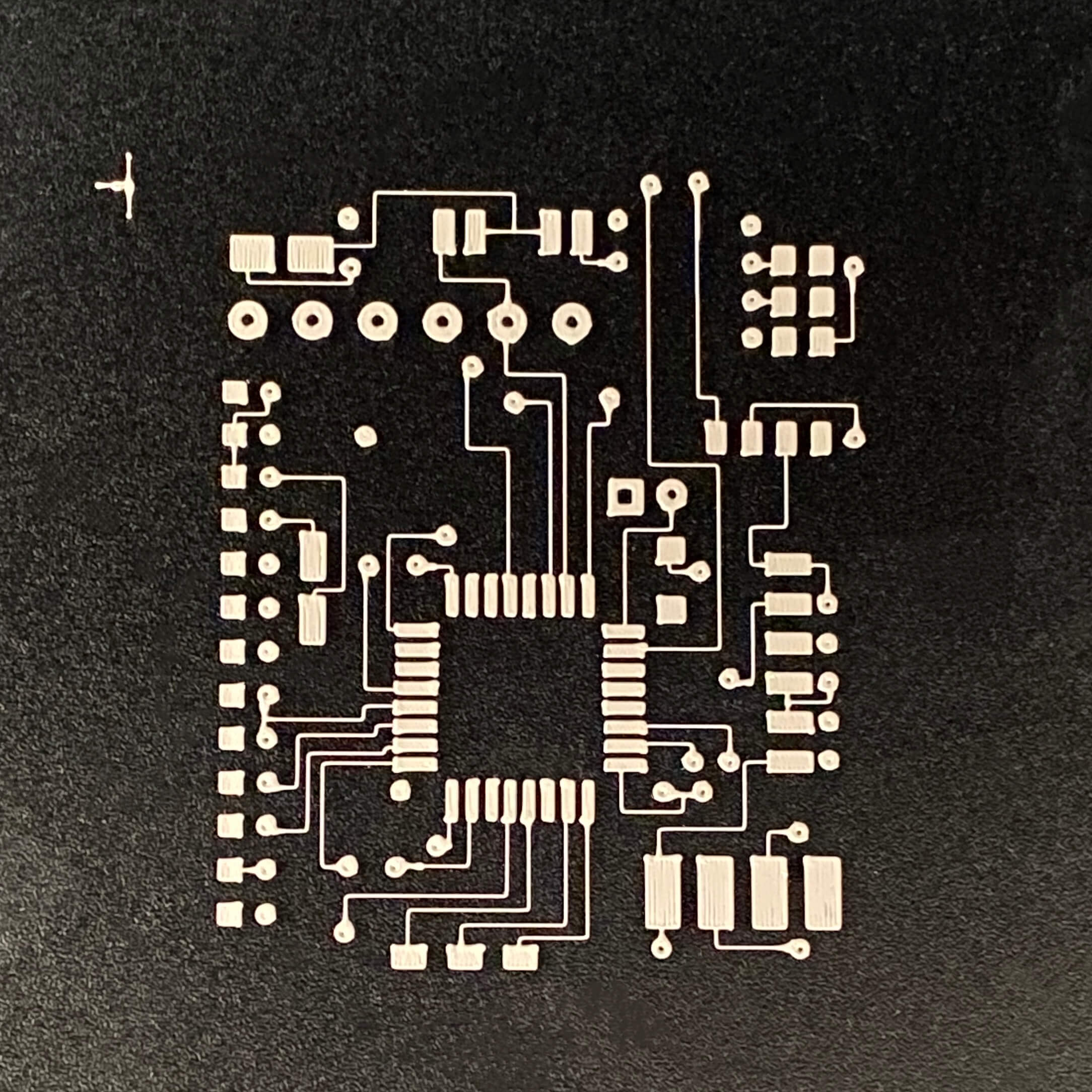In this space, we at Nano3Dprint have covered a wide range of topics related to 3D printing. It’s a booming industry in many ways, with plenty to learn and discuss, as 3D printer technology is changing faster than ever. In our previous posts we have discussed topics related to electronic printing (or printable electronics), the automotive industry, interesting and weird objects from all around the world that have been 3D fabricated, the history of printing methodology (Selective Laster Sintering, Fused Deposition Modelling), bioprinting and the future of this industry, microfluidics and nanotechnology, and even a wild list of the strangest things that people have 3D printed.
When you read it all at once, that’s quite the array of topics. In today’s post, we will continue with our modge-podge method and once again jump to a fascinating aspect of 3D printer uses. But before we get going with that, remember that Nano3Dprint has the revolutionary 3D printing rapid prototyping technology which is transforming the industry in our own way. Our industrial-strength 3D printers essentially are democratizing inventorship by giving engineers, professors, and researchers affordable 3D printers. The best part is that our 3D printers have functionality to function on the micro and nano levels, being specifically designed for printable electronics applications.
Let’s get to the meat and potatoes of this post: honey bees. You might be wondering what honey bees have to do with 3D printing technology and the like, and that is certainly understandable. As it turns out there are multiple intersections that honey bees, their combs and hives, and way of life have with the 3D printing process. In today’s post we will explore the idea that bees are nature’s 3D printers, and what we can learn from them and their methods. We will also look into some other interesting applications the two worlds have synthesized using the same principle of additive technology. We will look at “3Bee printing”, and even learn how some people have gotten natural honey on tap using 3D printing concepts. We will even look at how 3D printing can help bees make honey! Read on if this cross-pollination (sorry, we had to) between nature and technology is of interest to you.
Bees Use Additive Technology
The process of making a honeycomb, the honey bee’s hive of sorts, is essentially the same process that additive technology employs. The biggest difference is that honey bees have been doing it for thousands, if not million, of years. If you recall from our previous posts, additive manufacturing is the official industry standard phrase for additive technology. Essentially it is the process of joining materials to make objects from a data source. In contrast to subtractive manufacturing methods, additive manufacturing is a layer-by-layer approach. Bees have used this concept in the creation of their hexagonal wax cells. It’s amazing and a bit humbling to consider that bees have been doing this for millennia, while we just got around to it in the last few years!
With that commonality in mind, it makes sense that artists have been creating homages to honey bees and their ancient methods which we have recently borrowed. Autodesk had a show, only a few years ago, which was dedicated to honeycomb in the world of art. Made of actual beeswax, honey, electronics, CAM software (Computer-Aided-Manufacturing), and stainless steel, the biologist and artist Jennifer Robin Berry said this about her piece and its significance: “When I came here, I didn’t know how to use the 3D printer, but I knew about bees, and I thought — Bees are 3D printers. Bees were the original 3-D printers. So I spent most of my semester experimenting with the bees and trying to get them to participate and collaborate. I created light boxes, cut the comb, stacked it, and they attached it in places, cut it in others, built passages and reinforced the structure.” Visually, it is a stunning piece. We would be remiss if you only had the opportunity to hear us describe it without being able to look at it yourself, so you can check out Jennifer Robin Berry’s piece here.
3Bee Printing
So now that you have seen Berry’s work, you might be wondering about the process. Artists and big brands alike have been harnessing honey bees’ natural drive to create their wax cells to house their young and store honey in order to create some eye-catching art. To promote a new line of honey flavored whiskey, the whiskey brand Dewar’s, in collaboration with their marketing partners Sid Lee and The Ebeling Group, started what they called a “3-B printing project”. Dewar’s created two honeycomb sculptures. The first was a bust of the company’s renowned “Drinking Man”, with the second being made from a cast in the shape of a bottle.
So how did Dewars, with the help of experienced bee keeper Robin Theron, control the bees to follow their schematics? As many of you honey bee-enthusiasts already know, in nature, honey bees fashion their hives from the outside-in. The workaround that Robin and his trusty team came up with was smart. They imitated the look and feel of a typical hive by enveloping the cast with a layer of honeycomb wax and the gentle framework of a textured hexagonal pattern, which had the effect of fooling the bees into beginning their organic additive manufacturing work.
If you are interested in viewing these pieces, check out this great piece by Twistedsifter.com.
We hope you have enjoyed part one in this two part series about the world of honey bees and the additive manufacturing technology we as humans have appropriated in our own world.

On Next Week’s Episode
Let’s flip this conversation on its head and talk about 3D printed honeycombs. It’s a remarkable realization to understand that while we are making incredible progress in foci such as bio 3D printing, electronic printing, and 3D rapid prototyping, mother nature has been doing what we call an invention for years without putting up a fuss about it. In part two of this series, we will flip the conversation on its head. Ever heard of a concrete-printing bee? What about how printing is now helping bees make honey? You will if you watch this space.
Get in touch with us today if you are in need of professional 3D printing services. If you are looking to print an individual object or purchase a 3D printer designed for printed electronics, prototyping, and industrial applications, Nano3DPrint has the affordability and quality you are looking for. We would love to consult with you to better understand your needs, so that you can learn how we can help make your project a successful one.




